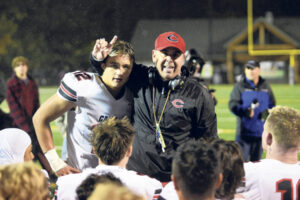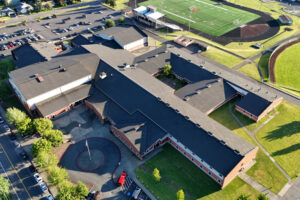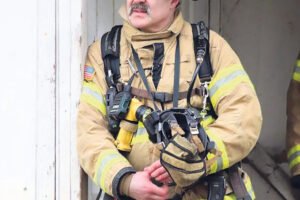After listening to comments from citizens, the City Council agreed Monday to consider a resolution that will keep in place current parking restrictions in neighborhoods near Camas High School, and also expand it to include additional areas.
The City Council will vote during its next meeting Monday, Aug. 15 on a resolution that would add the streets of the Waterleaf subdivision to the already existing roads near the high school where on-street parking is restricted to two hours between 7 a.m. and 3 p.m., Monday through Friday.
Roads that already have the limitation include Northeast 42nd Circle off of Northeast Hayes Street; Northeast 41st Avenue between Northeast Hayes and Ione streets; Northeast 40th Circle off of Northeast Hayes Street; Northeast 38th Avenue from Northeast Franklin Street to the dead end past Northeast Ione Street; Northeast Hayes Street from Northeast 38th to 43rd avenues; and Northeast Ione Street from Northeast 38th Avenue to the dead end past Northeast 41st Avenue.
The issue of whether any of these areas should have on-street parking restrictions was presented to the City Council by city staff, in response to the upcoming addition of 191 on-campus parking spaces that will be available to students in the fall.
“The Camas School District is currently constructing nearly 200 additional parking spaces at Camas High School to accommodate the student parking demand and attempt to alleviate the on-street parking of students’ vehicles in nearby neighborhoods,” read a July 20 letter from the city that was distributed to 130 impacted property owners. “With these improvements taking place, the city council is considering the elimination of the two-hour parking restrictions from 7 a.m. to 3 p.m. on school days that are currently posted in nearby neighborhoods.”



